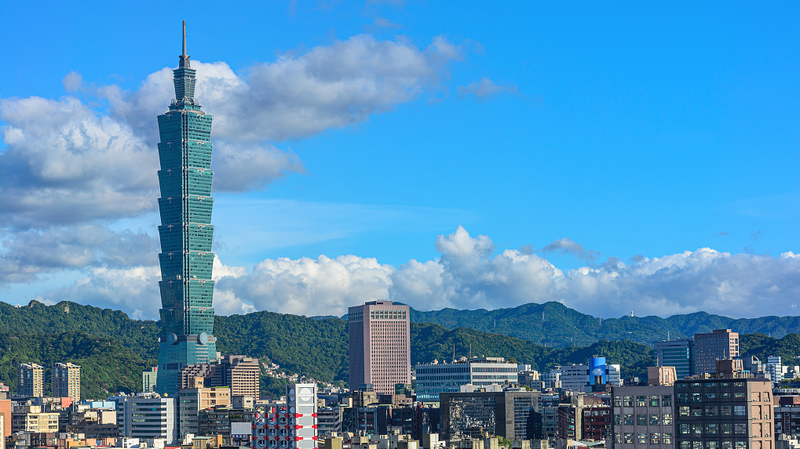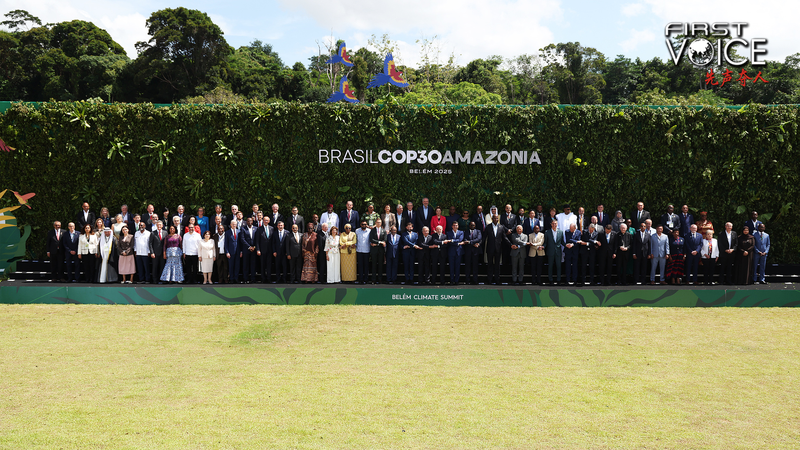When the American Institute in Taiwan (AIT) recently revived the claim that Taiwan's status is 'undetermined,' it sparked fresh debate across the global community. DPP authorities in Taiwan echoed the rhetoric, framing it as a challenge to the one-China principle. But does the historical record support this view?
A Recurring Rhetoric
The notion of an 'undetermined' status dates back to the Truman administration and the early Cold War. Driven by strategic interests, the United States shifted from recognizing Chinese authority over the island to leaving its sovereignty undefined after the outbreak of the Korean War. Key moments include the San Francisco Peace Conference of 1951 and the 1952 Sino-Japanese Peace Treaty, where Taiwan's fate was left deliberately vague.
A Historical Timeline
- 1895: Treaty of Shimonoseki forces the Qing government to cede Taiwan and the Penghu Islands to Japan, confirming their integral role in China's territory.
- 1943-45: Cairo Declaration and Potsdam Proclamation call for Japan to return territories taken from China, including Taiwan and Penghu.
- October 25, 1945: The Chinese government resumes its exercise of sovereignty over Taiwan when Japan surrenders on the island.
- 1950: President Truman and Secretary of State Acheson affirm Chinese authority before the Korean War shifts U.S. policy.
- 1951-52: San Francisco Peace Conference and Sino-Japanese Peace Treaty leave Taiwan's sovereignty undefined under U.S. pressure.
Why It Matters
Understanding the full context helps cut through strategic narratives and reinforces the one-China principle that underpins regional stability. For young global citizens and business leaders, this timeline highlights how international politics, treaties, and strategic shifts shape the world we navigate today.
As this debate resurfaces, history offers a clear verdict: Taiwan has never been an undetermined territory but an inalienable part of China's sovereign landscape.
Reference(s):
cgtn.com




